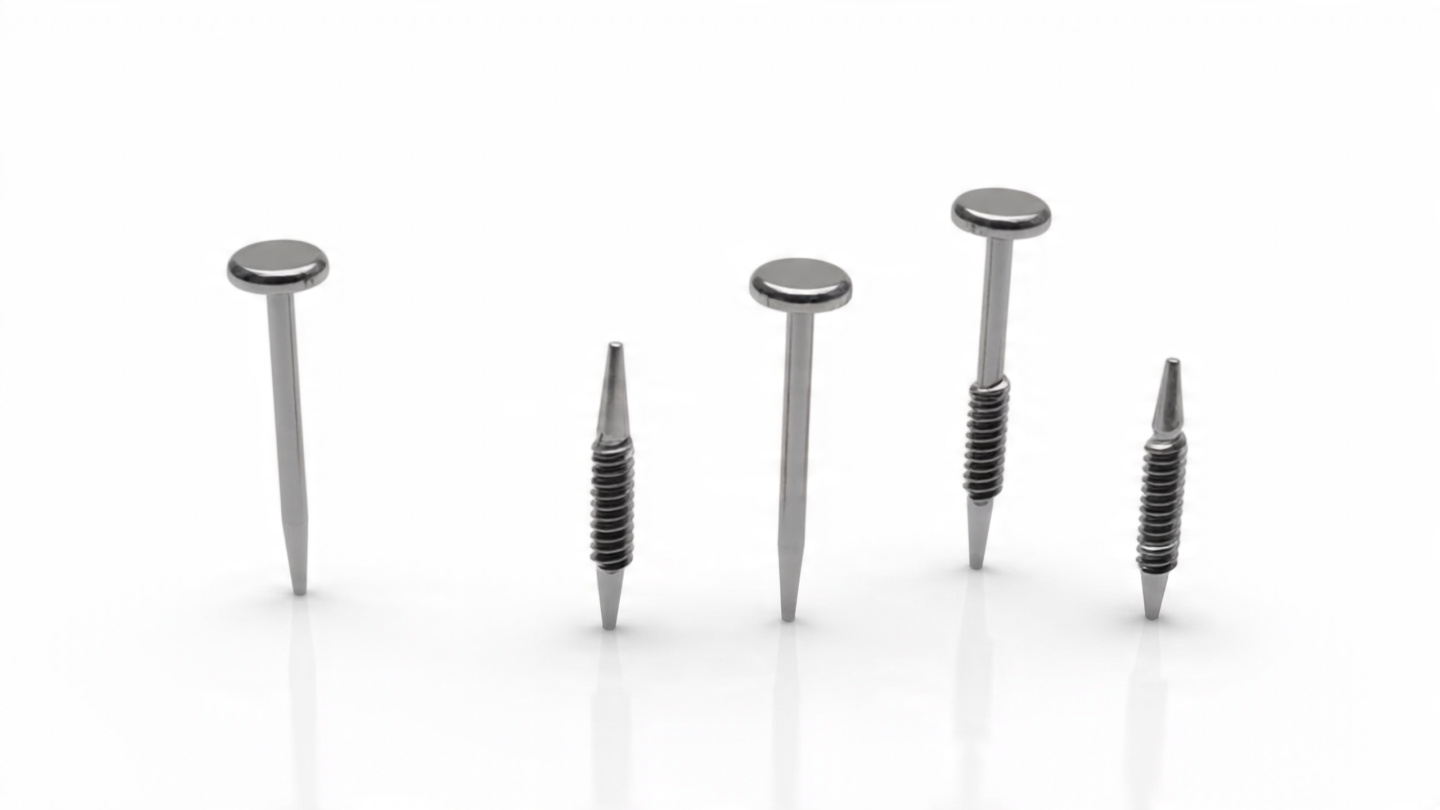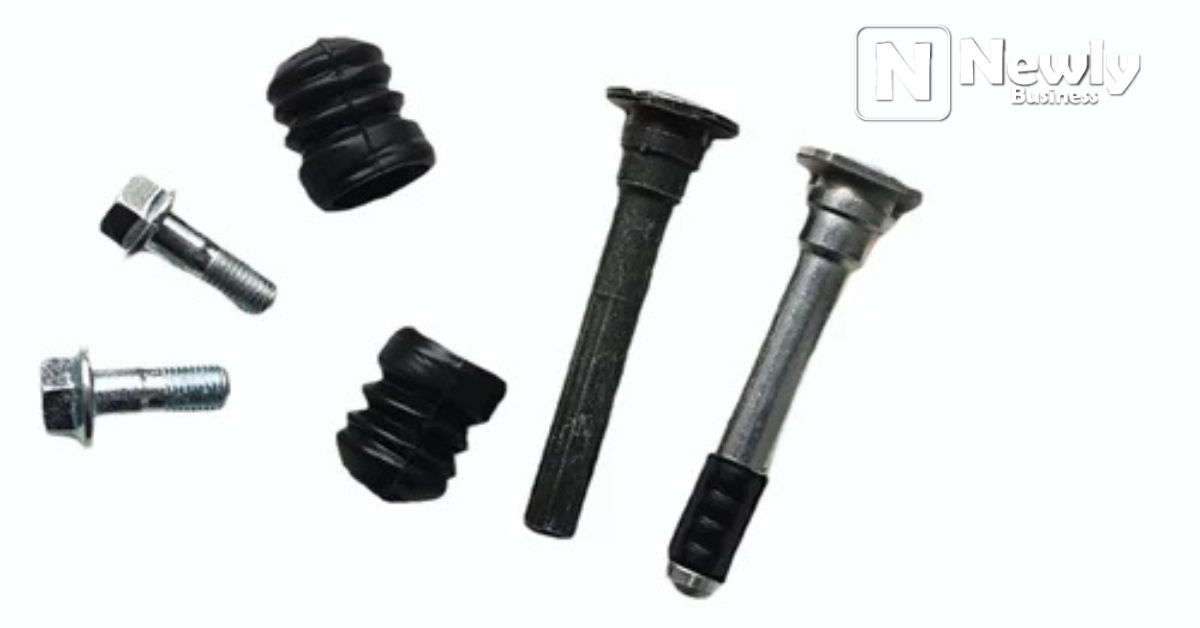If you’re someone who’s even remotely interested in fashion accessories, sewing, crafts, or traditional dressmaking, chances are you’ve come across something called chalipure pins. They’re not just your average pins—these tiny tools have carved out a niche for themselves in everything from bridal wear to intricate embroidery work. But what exactly are they, and why are they suddenly getting so much attention?
In this article, we’ll explore the fascinating world of chalipure pins. Whether you’re a designer, a hobbyist, or someone simply trying to understand their utility, this guide is designed to break everything down in a simple, yet expert tone. So, grab a cup of coffee, relax, and let’s dive into the hidden power of this underrated accessory.
Chalipure Pins: What Makes Them So Special?
Chalipure pins are known for their durability, precision, and shine. Made with a special metal alloy and often coated for a glossy finish, they’re not just about function—they bring a touch of elegance to practical design. Crafters love them because they hold things in place without tearing delicate fabrics. Fashion designers prefer them for their minimalistic yet functional look.
What sets these pins apart from regular sewing or safety pins is their structure. They’re usually sharper, more refined, and designed to blend seamlessly into the fabric, making them ideal for both temporary fixes and long-term fittings. The smooth coating also ensures that they glide through most materials with ease.
How Chalipure Pins Became a Fashion Must-Have
The rise in popularity of chalipure pins didn’t happen overnight. Originally used in ethnic and traditional attire, especially in Indian and Pakistani garments, they gained popularity as more people started exploring customized fashion. Today, even western fashion houses are incorporating these pins into their tailoring processes.
Their versatile nature means they’re not just limited to fashion. You’ll find them being used in jewelry making, decorative crafts, and even home decor projects. Their visual appeal has grown alongside their functionality, which explains why their demand has skyrocketed in recent years.
Why Every Crafter Needs Chalipure Pins in Their Kit
There’s a reason why so many professional crafters and sewing enthusiasts swear by chalipure pins. First, they’re incredibly user-friendly. If you’ve ever struggled with a blunt or bent pin, you know how frustrating it can be. These pins, however, are designed for repeated use, without losing their edge or shape.
Secondly, they’re ideal for working on delicate projects. Whether you’re pinning lace, chiffon, or silk, chalipure pins won’t snag or damage your material. Their slim profile and fine tip make them perfect for high-precision work where accuracy is key. Honestly, once you start using them, it’s hard to go back to anything else.
Best Ways to Use Chalipure Pins in Garment Making
One of the most common uses of chalipure pins is during the fitting and alteration phase of garment making. Tailors often need to temporarily hold fabric in place while making adjustments, and that’s where these pins shine—literally and functionally. They’re strong enough to hold heavy fabrics but gentle enough not to leave holes.
Another creative use is during embroidery or applique work. Since the pins are barely visible once inserted, they’re great for positioning designs before final stitching. This helps ensure symmetry and alignment, which is crucial in intricate work. Basically, they’re the secret weapon behind a flawless finish.
How Chalipure Pins Add Elegance to Traditional Wear
In traditional garments like sarees, lehengas, and dupattas, chalipure pins serve both aesthetic and functional purposes. Women often use them to secure pleats or pin intricate designs in place, especially for events and celebrations where movement is inevitable. These pins ensure that nothing shifts or slips.
The beauty of using chalipure pins lies in their subtlety. They’re not loud or flashy, but they contribute to the overall grace of an outfit. For many, it’s the little touches—like a well-placed pin—that make the biggest difference in how a traditional outfit is worn and presented.
The Materials Behind Chalipure Pins: Why It Matters

One of the lesser-discussed but equally important aspects of chalipure pins is the quality of materials used. Most high-grade pins are made from stainless steel or a premium alloy, which gives them strength without bulk. The coating often includes nickel or chrome, which enhances shine and prevents rusting.
This material quality is why chalipure pins have a longer life compared to generic alternatives. If you’re someone who works with fabric regularly, investing in higher-quality pins can make your work smoother, cleaner, and frankly, more enjoyable. It’s a small upgrade with a big payoff.
Caring for and Storing Chalipure Pins Properly
Taking good care of your chalipure pins ensures they last longer and perform better. Always store them in a dry, cool place to avoid any moisture that might cause corrosion. A small pin cushion or magnetic tray is perfect for keeping them organized and sharp.
Also, avoid using them on overly thick or hard materials, unless they’re specifically designed for that. While they’re strong, forcing them through dense fabrics can warp their shape over time. A little care goes a long way in preserving their integrity and performance.
Are Chalipure Pins Eco-Friendly?
You might be surprised to know that chalipure pins, when properly disposed of or recycled, have a relatively low environmental impact. Since they are made of metal and last longer than plastic or low-quality alternatives, they contribute less to waste in the long run.
Some brands even offer eco-conscious chalipure pins made from recyclable or sustainable materials. If you’re someone trying to reduce your crafting carbon footprint, it’s worth looking into these options. Not only are they functional, but they’re also a step in the right direction for the planet.
Where to Buy Authentic Chalipure Pins
If you’re ready to add chalipure pins to your toolkit, make sure you’re buying authentic ones. Many online platforms offer them, but not all sellers provide the same level of quality. Look for reviews, certifications, or at least some user testimonials before making a purchase.
Craft supply stores, especially those that specialize in ethnic wear or high-end tailoring tools, are your best bet. Some brands even offer customizable packaging or bulk purchase options, which can be more cost-effective for professionals. Remember: quality always wins in the long run.
Conclusion: Tiny Pins, Major Impact
At first glance, chalipure pins may seem like an ordinary tool. But once you dive into their versatility, quality, and elegance, it’s clear they’re far more than just another accessory. Whether you’re a hobbyist or a seasoned designer, having a stash of these in your kit is like having a secret weapon.
From fashion to crafts, from function to flair—chalipure pins prove that sometimes the smallest tools can make the biggest impact. Give them a try, and you’ll quickly understand why they’ve earned a permanent spot in the world of precision work and style.
Frequently Asked Questions (FAQs)
What are chalipure pins used for?
Chalipure pins are commonly used in sewing, crafting, embroidery, and traditional clothing to hold fabric in place. They are especially popular in ethnic fashion for securing sarees, dupattas, and lehengas.
Are chalipure pins reusable?
Yes, they are designed for multiple uses. Their strong material and fine tip ensure they retain their shape and sharpness over time, especially when cared for properly.
Can I use chalipure pins for thick fabrics?
While they work best on delicate to medium fabrics, some chalipure pins are sturdy enough for thicker materials. However, it’s important to choose the right size and type based on your fabric.
Where can I buy quality chalipure pins?
You can purchase them at local craft supply stores or online platforms that specialize in sewing and ethnic wear accessories. Always check for authenticity and reviews before buying.
Do chalipure pins damage the fabric?
Not at all, provided they are used correctly. Their smooth coating and sharp point make them ideal for use on delicate fabrics without causing snags or holes.


